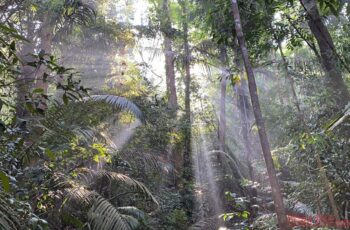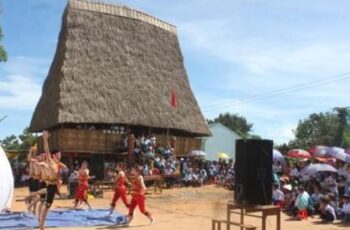Ad Blocker Detected
Our website is made possible by displaying online advertisements to our visitors. Please consider supporting us by disabling your ad blocker.
Traveling to Laos by self-driving car brings initiative to Vietnamese tourists, low cost, easy procedures, and is a suggestion for April 30.
Located in the west of Vietnam, with a border stretching from the north to the Central Highlands region, Laos possesses a culture quite similar to Vietnam but still has unique features in tradition, cuisine and scenery. rich nature.
Laos’ climate is divided into distinct rainy and dry seasons. The dry season is from October to May of the following year and the rainy season is from June to September. The most suitable time to travel to Laos is the dry season, convenient to travel and experience.
Visitors can come to Laos by many means such as plane, bus, and high-speed train. Vietnamese citizens can also bring personal vehicles through the border gate to move within Laos. For nearly a week, like the upcoming April 30 holiday, Vietnamese tourists can experience this form.
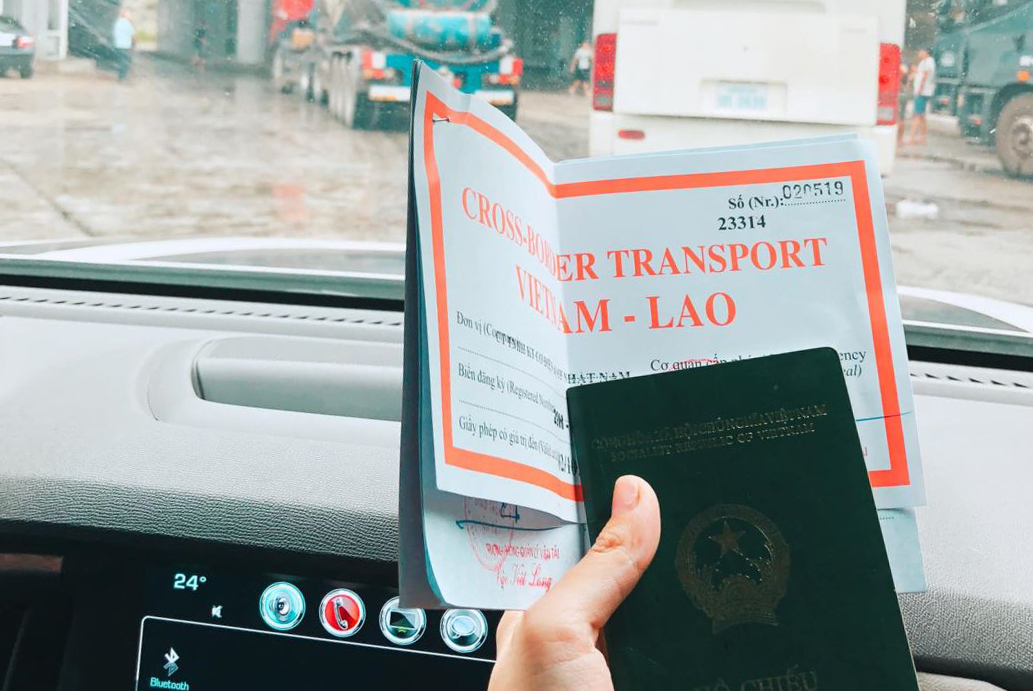
Documents are issued to bring cars to Laos. Photo: Minh Anh
Procedures for bringing cars from Vietnam to Laos
Traveling to Laos by personal car brings a lot of convenience and savings because currently round-trip air tickets from Vietnam cost 7-10 million VND, while the entire road trip only costs about 10 million VND for one trip. week. Besides, you can also freely explore destinations, routes and stop as you like.
Do Loan (34 years old, Hai Phong) currently does business and often travels from Vietnam to Laos by personal car. The last time she went to Laos was on February 20. According to Ms. Loan’s share, tourists need a cross-border permit. It is now possible to apply for a license online on the portal of the Ministry of Transport and local Departments of Transport. The document will be issued one to three days after submitting the application and is valid for one month.
To get a permit, visitors need to prepare: vehicle registration, driver’s license, insurance certificate, technical safety and environmental protection inspection certificate. The registrant must be the vehicle owner and the registered vehicle type is a personal car, traveling to Laos for non-commercial purposes. If not the owner, there must be a power of attorney. In addition, complete personal documents such as passport and citizen identification card are required.
Vietnamese tourists will enter and exit the country through the following pairs of border gates:
8 pairs of international border gates include Tay Trang (Dien Bien) – Panghok (Phongsaly), Na Meo (Thanh Hoa) – Nam Soi (Huaphanh), Nam Can (Nghe An) – Nam Can (Xieng Khoang), Cau Treo (Ha Tinh) – Nam Phao (Bolikhamxai), Cha Lo (Quang Binh) – Naphao (Khammouane), Lao Bao (Quang Tri) – Densavan (Savannakhet), La Lay (Quang Tri) – Lalay (Salavan), Bo Y (Kon Tum) ) – Phoukeua (Attapeu).
7 pairs of national border gates include Huoi Puoc (Dien Bien) – Na Son (Luang Prabang), Chieng Khuong (Son La) – Ban Dan (Huaphanh), Long Sap (Son La) – Pa Hang (Huaphanh), Ten Tan (Huaphanh) Thanh Hoa) – Somvang (Huaphanh), Hong Van (Thua Thien Hue) – Kutai (Salavan), A Dot (Thua Thien Hue) – Tavang (Sekong), Nam Giang (Quang Nam) – Dak Ta Ooc (Sekong).
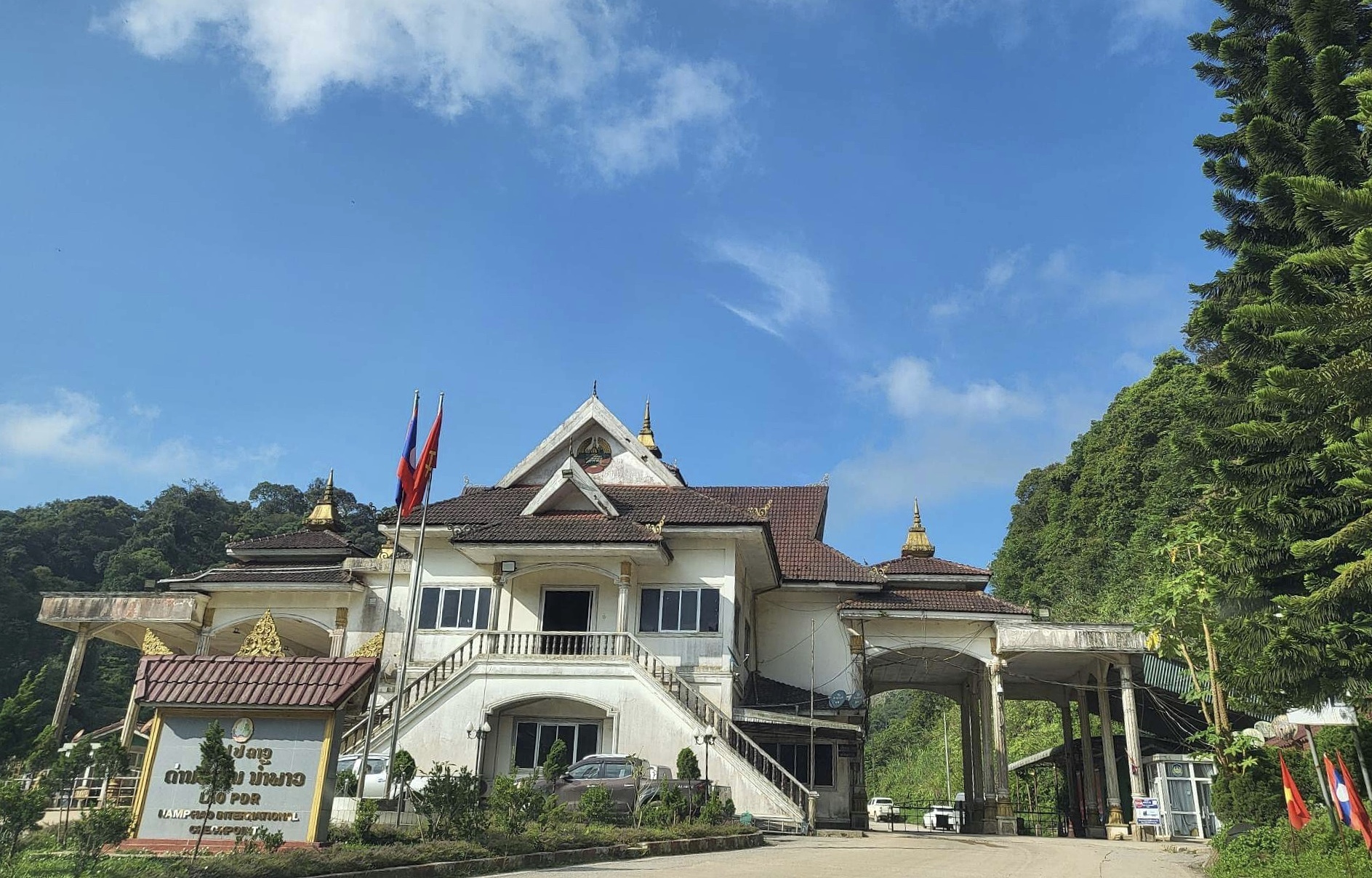
Suspension Bridge (Ha Tinh) – Nam Phao (Bolikhamxai). Photo: Do Loan
At the Vietnamese border gate, tourists complete exit procedures, confirmation and stamp, the fee is 50,000 VND per vehicle and 10,000 VND per person. Vehicles and luggage will be checked through scanners. After customs clearance, a staff member will check your passport and ask for more information about the trip.
Arriving at the Lao border gate, tourists take the vehicle to the inspection site, bring the union book and all the group’s passports to complete the procedures like the steps at the Vietnamese border gate. Cost is 50,000 Kip per person and 50,000 Kip per vehicle (about 70,000 VND).
After completing the procedures, visitors must purchase mandatory insurance for the vehicle. This type of insurance can only be purchased at the Lao border gate, the fee is 80,000 Kip (about 120,000 VND). After checking, the vehicle will be issued a stamped travel permit by Lao customs to travel within Laos. If you have difficulty due to language, you can hire a check-in service at a cost of about 50,000 Kip.
The return trip through border gates in Laos and Vietnam is similar to the departure route, the procedure is faster. Customs clearance time at border gates is from 7:00 a.m. to 7:00 p.m.
Places to visit
Mr. Bui Thanh (Hai Phong), who used to drive a car to travel to Laos, said that the two most popular border gates for Vietnamese people to exit are Cau Treo (Ha Tinh) leading to the capital Vientiane and Nam Can (Nghe An). ) to the ancient capital of Luang Prabang. After that, tourists will follow the itinerary Vientiane – Vang Vieng – Luang Prabang – Xieng Khuang or vice versa. These are all famous and convenient destinations on the driving journey.
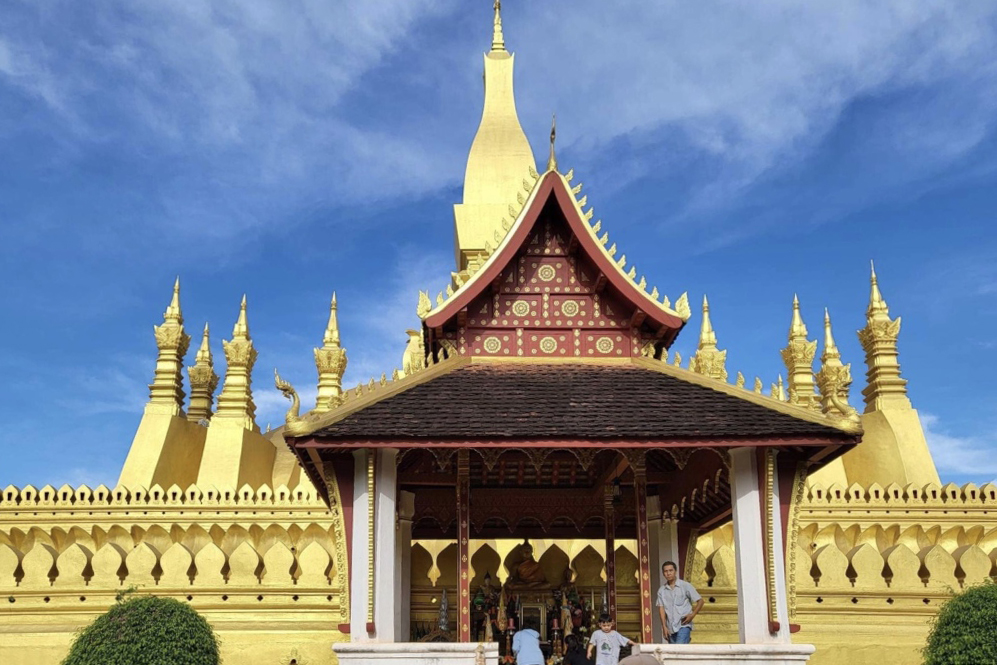
Pha That Luang, a famous gold-plated pagoda in the capital Vientiane. Photo: Do Loan
Capital city Vientiane
The capital Vientiane is located on the northeast bank of a section of the Mekong River. The architecture and works in Vientiane are imbued with Buddhist art with famous temples such as Pha That Luang gilded pagoda, Wat Si Muang pagoda, Xieng Khuan (Buddha) park, where there are more than 200 sculptures of Buddha. Buddhism, Patuxay Arch of Triumph – symbol of Vientiane.
Vientiane is famous for grilled fish caught from the Mekong River, ping kai – whole grilled chicken, pok pok green papaya salad. The most impressive dishes are dishes made from insects such as spiders, crickets, ant eggs, and grasshoppers prepared in many ways: fried, stir-fried, grilled.
Vang Vieng city
Vang Vieng is a favorite destination of many foreign tourists. Here, you can fly a hot air balloon, kayak on the Nam Song River, explore Tham Pha Daeng cave and witness hundreds of bats flying out of the cave, see Kaeng Nyui waterfall, trekking to the top of Phangern mountain or the observatory. close to Nam Xay to have a 360-degree panoramic view of this city.
During the local market in Vang Vieng town, which opens around 5 a.m. every day, many shops sell bat, squirrel, monkey, and mouse meat. In the evening, visitors can enjoy Laotian cuisine and beer in bamboo huts on the Nam Song River.
The ancient capital of Luang Prabang
Luang Prabang was the capital until 1975, and has a history spanning thousands of years. Luang Prabang is known for many ancient Buddhist temples such as the gilded Wat Xieng Thong temple dating from the 16th century, Wat Mai temple, the residence of the head of Lao Buddhism. Visitors can also go to the top of Mount Phousi to watch the most beautiful sunrise and sunset in the ancient capital or visit the three-tiered Kuang Si waterfall and Tad See waterfall.
In Luang Prabang, there is grilled honeycomb dish that is often eaten in the morning, spicy Sai Oua sausage, Som Tam papaya salad (Thai variety) modified according to local taste. Food in Luang Prabang is more reasonably priced than the capital Vientiane.
Around 5-6 a.m., tourists witness and participate in the alms-begging ceremony of the monks. Monks walk barefoot along the roads to receive food from people and tourists.
>> See more: 10 experiences to try when coming to Luang Prabang
Xieng Khuang jar field
The Plain of Jars is a megalithic archaeological landscape recognized by UNESCO as a World Cultural Heritage. There are more than 2,000 stone jars here dating from about 500 BC to 500 AD. Currently, there are only 3 locations around Phonsavan town that are being put into tourism use. The attraction of the field of jars comes from the fact that the answer to the use of stone jars for ancient people has not yet been found.
Xieng Khuang is the place that produces famous delicious sticky rice and black sticky rice of Laos. Therefore, visitors should not miss the sticky rice dish here. Tam Maak Hung – papaya salad pounded with more than a dozen spices is also a specialty you should try in Phonsavan (Xieng Khuang).
>> See more: The more than 2,000-year-old Plain of Jars became a World Heritage Site
Accommodation
Laos has a wide range of accommodation from budget motels to luxury 4-5 star hotels of international brands. Prices per night range from 300,000 VND to 5 million VND depending on room type. In addition, tourists can contact the Vietnamese Embassy or Consulate in cities in Laos for accommodation, however the number is limited.
Notes
The terrain of the road from the border gate to the inland area of Laos has many steep passes, with elephant holes and potholes. For the most convenience, visitors should choose high-clearance cars.
Bring car repair or vehicle support tools such as electric pumps and wheel change jacks so you can handle them yourself on the spot because the road is quite deserted.
Gasoline prices in Laos are more expensive than Vietnam, to save money, you should fill the tank before going to the border gate.
The density of cars in Laos is not high, so traffic jams rarely occur. Lao people hardly honk their car horns.
Near the border gate, there are roadside shops where visitors can exchange money to Lao Kip and buy phone sim cards. 1 Lao Kip is equal to about 1.4 VND. You can bring USD to Laos to exchange, or buy Kip in Vietnam.
Quynh Mai
Article source:
https://vnexpress.net/ Kinh-nghiem-tu-lai-oto-tu-viet-nam-du-lich-lao-4588796.html

